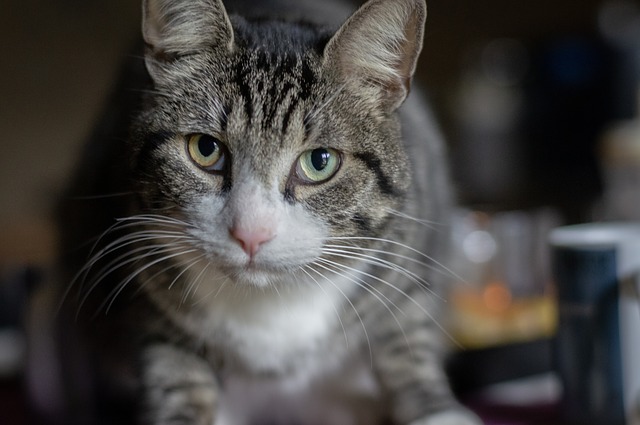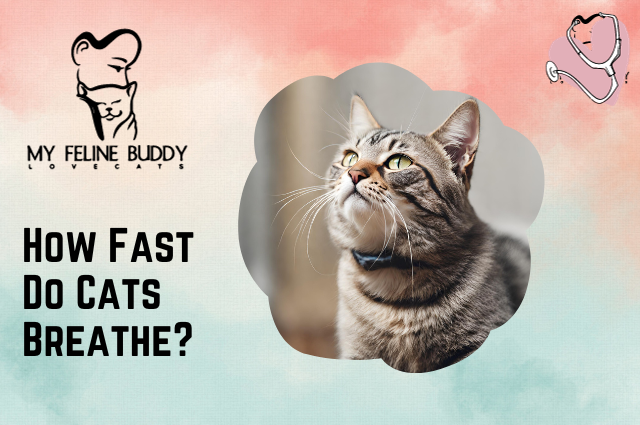Your Cat Could Catch the Plague: Why This Ancient Disease Is Still a Threat Today
When we think of the plague, medieval images of black-cloaked doctors and deserted villages come to mind.
It’s hard to believe, but this ancient disease isn’t just a chapter in history books — it’s still lurking around today.
And here’s the kicker: it can infect your beloved
I was stunned when I first learned that our
In this text, I’ll jump into the surprising ways the plague can affect cats and share practical tips to keep them safe.
What Is the Plague?
The plague is caused by the bacterium Yersinia pestis.
It’s infamous for devastating populations during the Black Death.
But it’s not just history—it’s still around today.
You might wonder, “How does it affect my
Well, cats can contract it from flea bites or by hunting infected rodents.
Once infected, symptoms like fever, lethargy, and swollen lymph nodes (buboes) appear.
Historical Context of The Plague
Understanding its history helps put things into perspective. During the 14th century, the plague wiped out millions in Europe.
While today’s medicine has advanced significantly, outbreaks still occur sporadically worldwide.
In fact, cases pop up even in the United States, especially in rural areas of states like New Mexico and Colorado.
So next time you’re hiking or your
The Plague Today
The plague sticks around because Yersinia pestis, the bacterium causing it, thrives in certain conditions. It survives in a cycle involving wild rodents and fleas.
These pests act as reservoirs, keeping the bacteria alive even when not infecting larger animals or humans.
When an infected flea bites a rodent, it spreads Yersinia pestis, and that’s how the cycle continues.
Fleas jump to cats from these rodents.
Cats then become carriers and can infect other animals or people through bites or scratches.
Current Hotspots for The Plague
So where are you most likely to encounter the plague?
In the United States, it’s primarily found in rural areas of states like New Mexico, Arizona, Colorado, and California.
These regions provide perfect habitats for the wild rodents carrying infected fleas.
Though numbers remain low, sporadic cases pop up every year.
For example, in New Mexico alone between 2015 and 2020 there were about 50 reported human infections.
And yes, sometimes our cats get caught up too.
Knowing these hotspots helps us be extra cautious if we live or travel there with our pets.
How Cats Contract The Plague
First, cats often catch the plague through flea bites.
Fleas infected with Yersinia pestis—yep, that’s the bacteria causing all the trouble—are common carriers.
So if your
Second, cats might get it by hunting or consuming infected rodents.
Ever seen your
That little chase could be more dangerous than you think.
In rural areas where wild rodents carry the disease, this method of transmission isn’t rare.
Sometimes our
If there are infected carcasses or feces around, your
Signs of The Plague in Cats
So how do you know if your
- Fever: Your
cat may develop a high fever and seem unusually lethargic. - Swollen Lymph Nodes: Often found around the neck, underarms, or groin area.
- Loss of Appetite: If your typically ravenous kitty suddenly loses interest in food.
- Coughing and Difficulty Breathing: Respiratory issues can also indicate infection.
- Discharge: Any unusual fluids from eyes, nose, or mouth should raise alarms.
If you spot any of these symptoms, get to a vet immediately. Early diagnosis can significantly improve treatment outcomes.
Use preventive measures like flea control products and regular health check-ups to keep your pet safe from this ancient but persistent threat.
Prevention and Treatment
Plague’s a serious concern for pet owners, especially those with cats.
Let’s jump into practical steps you can take to prevent and treat this ancient disease.
Preventative Measures for Pet Owners
Start with controlling fleas.
Use reliable flea control products, like spot-on treatments or oral medications.
These keep fleas at bay, reducing the risk of your
Regular vet check-ups are essential.
Get your
Keep an eye on rodents around your property.
Cats often get infected by hunting rodents carrying plague bacteria.
Set traps or use repellents to minimize rodent populations in and around your home.
Also, ensure good hygiene practices.
Clean food bowls and bedding regularly, and wash your hands after handling pets or their items.
This prevents cross-contamination.
Limit outdoor exposure if you live in a hotspot area like New Mexico, Arizona, Colorado, or California.
Keeping your
Treatment Options for The Plague
If your
Early diagnosis is crucial for effective treatment.
Antibiotics are the primary treatment for plague in cats.
Drugs like streptomycin or doxycycline can be prescribed based on severity and the specific strain involved.
Follow the vet’s instructions meticulously for the best outcome.
Supportive care is equally important.
Ensure your
Isolation during treatment prevents spreading the infection to other animals or humans. Keep infected cats away from other pets until they’ve fully recovered.
Finally, keep monitoring even after recovery.
Regular follow-ups ensure no lingering effects remain and that your
By taking these preventive steps and knowing how to act swiftly if infection occurs, you’ll better protect your catfrom this persistent threat.
Conclusion
It’s surprising to think the plague is still around and could impact our
As a
By staying informed about potential threats like the plague and taking preventive measures I can keep my
Regular vet visits, good hygiene practices, and flea control products are simple steps that go a long way.
It’s also comforting to know that treatment options are available if needed. Let’s stay vigilant and proactive so our beloved cats stay healthy and happy!






